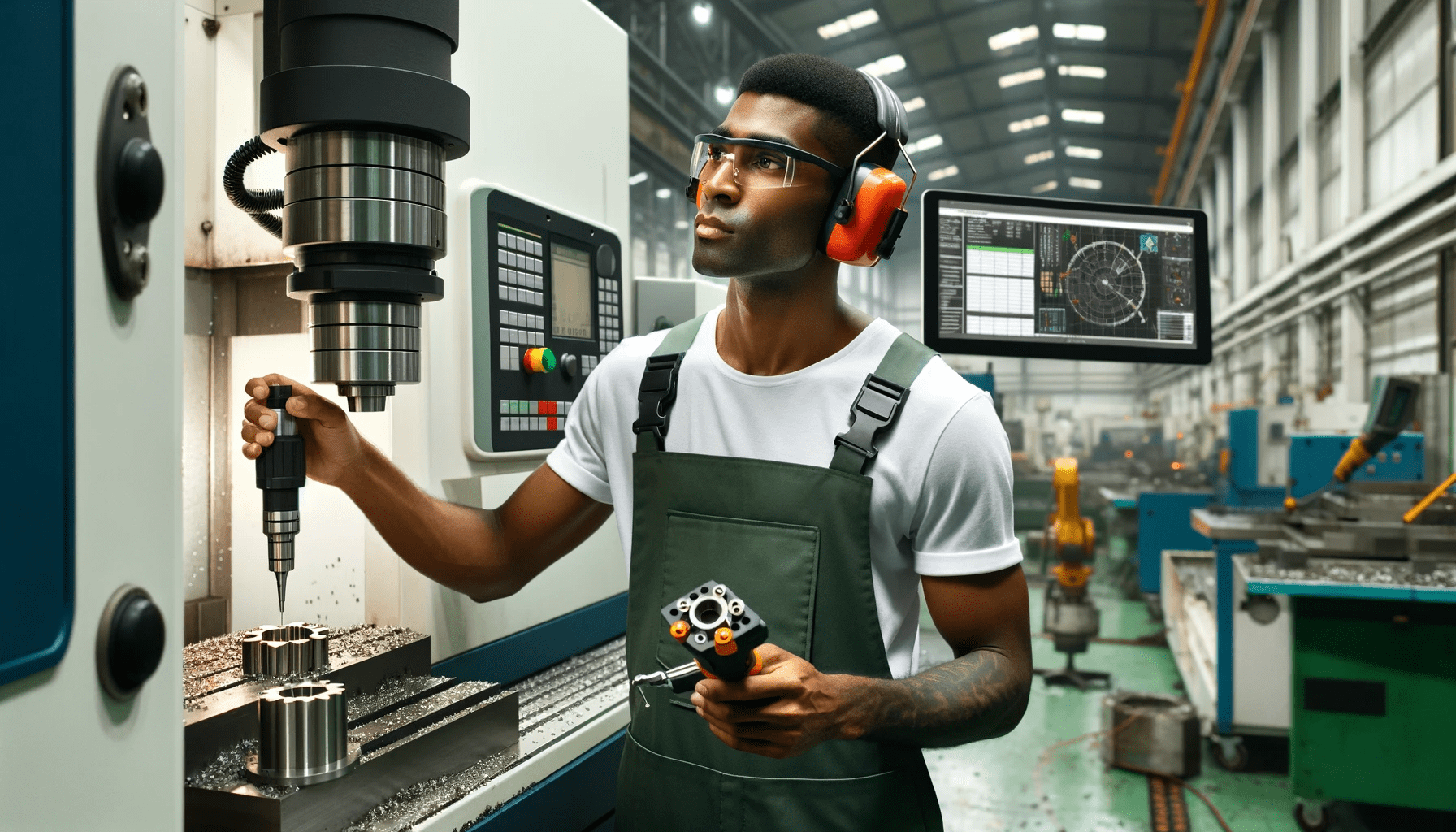Understanding the Basics of CNC Machining
Computer Numerical Control (CNC) machining is a manufacturing process where pre-programmed computer software dictates the movement of factory tools and machinery. The process can be used to control a range of complex machinery, from grinders and mills to lathes and routers. With CNC machining, three-dimensional cutting tasks can be accomplished in a single set of prompts.
The computer software used in CNC machining allows for precise control, including speed, feed rate, and coordination. Every aspect of the manufacturing process is under control with the help of the CNC machine. This level of control can produce sophisticated results that are not possible with manual machining.
CNC machining has been an essential part of manufacturing for several decades. It has transformed the industry by enabling high precision and consistency, reducing the time and cost associated with manual machining. Even though traditional CNC machines are effective, they still require significant human intervention and supervision. But with the advent of AI, this scenario is rapidly changing.
The Role of AI in Modern CNC Machining
Artificial Intelligence (AI) is making a significant impact on modern CNC machining. AI can analyze a vast quantity of data faster and more accurately than a human being. This ability makes it possible to optimize processes, improve efficiency, and increase productivity in CNC machining.
AI in CNC machining can be used in predictive maintenance. AI algorithms can process data from machine sensors to predict potential machine failure, which can save significant time and money by preventing unplanned downtime. AI can also optimize machine use by determining the best times to run certain operations to maximize efficiency.
Furthermore, AI can improve quality control in CNC machining. AI software can analyze product data to identify trends and anomalies, which can lead to improved product quality. By identifying issues early, companies can prevent costly recalls and reworks.
AI Innovations: Improving Precision and Efficiency
AI innovations are enhancing precision and efficiency in CNC machining. One notable innovation is the application of machine learning algorithms for process optimization. These algorithms analyze vast amounts of operational data to identify patterns and trends. This information can then be used to fine-tune machining parameters, leading to higher precision and efficiency.
Another AI innovation is the use of predictive analytics for tool wear monitoring. By analyzing sensor data, AI can predict when a tool is likely to wear out and needs to be replaced. This proactive approach can prevent tool failure, improve product quality, and reduce downtime.
AI is also enabling real-time process monitoring in CNC machining. Real-time data analysis can detect anomalies during the machining process, allowing for immediate corrections. This capability not only improves product quality but also reduces waste and increases efficiency.
Benefits of Implementing AI in CNC Machining
The benefits of implementing AI in CNC machining are numerous. Firstly, AI can improve the precision of CNC machines. By analyzing process data, AI can adjust machining parameters to optimize precision. This enhanced precision can lead to higher product quality and fewer reworks.
Secondly, AI can increase the efficiency of CNC machines. AI can optimize machine use, reduce downtime, and improve tool life. These improvements can lead to increased productivity and reduced costs.
Finally, AI can improve the sustainability of CNC machining. By reducing waste and improving energy efficiency, AI can make CNC machining more environmentally friendly. This can not only reduce costs but also improve a company’s environmental footprint.
Challenges and Limitations of AI in CNC Machining
Despite the numerous benefits, there are also challenges and limitations to implementing AI in CNC machining. One significant challenge is the complexity of AI systems. Implementing and maintaining these systems require specialized knowledge and skills, which can be costly.
Another challenge is the resistance to change. Many companies are reluctant to adopt new technologies due to the perceived risks and costs. Overcoming this resistance can be a significant hurdle.
Finally, there are limitations to what AI can do. AI is excellent at analyzing data and identifying patterns, but it still relies on humans for decision-making. For example, while AI can predict when a tool is likely to fail, a human still needs to decide when and how to replace it.
Future Prospects: AI in the CNC Machining Industry
Despite the challenges and limitations, the future of AI in the CNC machining industry looks promising. As AI technology continues to evolve, its capabilities will continue to improve, leading to even greater precision, efficiency, and sustainability.
Researchers are already exploring ways to enhance AI’s capabilities in CNC machining. For example, some are developing AI algorithms that can learn from past mistakes to improve future performance. Others are exploring ways to integrate AI with other technologies, such as robotics and the Internet of Things (IoT), to create even more sophisticated manufacturing systems.
In conclusion, the rise of AI in CNC machining is transforming the manufacturing industry. While there are still challenges to overcome, the potential benefits are significant. As this technology continues to evolve, the future of CNC machining looks bright.
